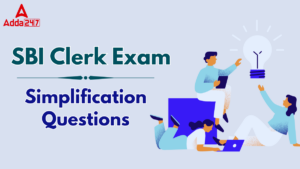Q.1. The design and study of work environment to address physical and psychological demands of individuals is classified as-
(a) Ergonomics
(b) Cumulative trauma disorders.
(c) Tag out regulators
(d) Tag in regulators
(e) Regulators
Q.2. The extra payment made to employees for not facing sick leave is classified as
(a) Well pay
(b) Just pay
(c) Integration pay
(d) Union pay
(e) Over pay
Q.3. The type of benefits which are given to those employees who got injured on the job are classified as-
(a) Unemployment compensation
(b) Severance pay
(c) Worker’s compensation
(d) Employment compensation
(e) fair wage
Q.4. The kind of benefit plan in which the annual payment is made to employee account of pension is classified as-
(a) Defined contribution plan
(b) Noncontributory plan
(c) Contributory plan
(d) Defined benefits plan
(e) Undefined benefits plan
Q.5. Which of the following is not a type of test pertaining to selection procedure?
(a) Aptitude Test
(b) Achievement Test
(c) Situational Test
(d) Statistical Test
(e) Intelligence tests
Q.6. Semantic barriers in communication occur due to:
(a) Personality problems
(b) Language problems
(c) Attitude problems
(d) Emotional problems
(e) Physical disabilities
Q.7. Which approach to job design has key element called the task idea to job specialization?
(a) Engineering Approach
(b) Human Relations
(c) Socio technical Approach
(d) Job characteristics Approach
(e) Industrial relations
Q.8. Which of the following is not true in case of methods of Job analysis information?
(a) The interview
(b) Questionnaire
(c) Observations and logs of employees
(d) Manpower planning
(e) Critical Incidents
Q.9. Which of the following is not a drawback of a narrow span of control?
(a) It is expensive
(b) It makes vertical communication in the organization more complex.
(c) Supervisors may lose control of their employees.
(d) It encourages overly tight supervision
(e) Excessive distance between lowest level and highest level.
Q.10. Who has extended the Vroom’s Expectancy Theory of Motivation by suggesting that motivation is not equal to satisfaction and performance and by depicting what happens after performance?
(a) Harold Kelly
(b) Edward Tolman
(c) Alderfer
(d) Porter and Lawler
(e) Raymond Miles




 The Hindu Review October 2022: Download ...
The Hindu Review October 2022: Download ...
 23rd December 2024 Current Affairs (Dail...
23rd December 2024 Current Affairs (Dail...
 Simplification Questions for SBI Clerk E...
Simplification Questions for SBI Clerk E...




